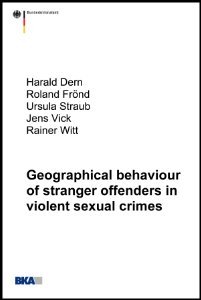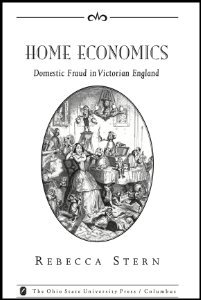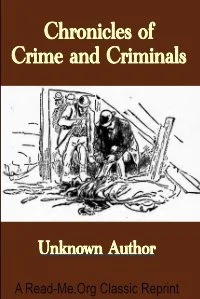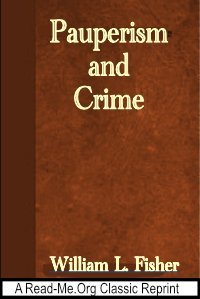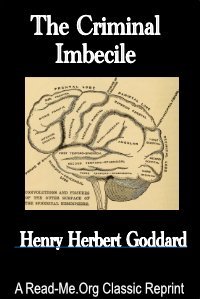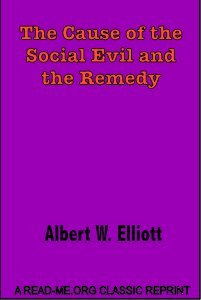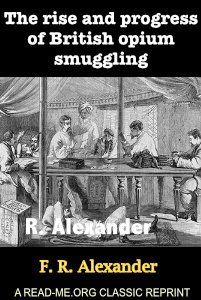By Harald Dern, Roland Frönd, Ursula Straub, Jens Vick and Rainer Witt.
“The perpetrator isn’t from here!” This claim is an understandable defensive response exhibited by local people following a sexual homicide,1 particularly in cases involving a child victim. The contention is grounded more in belief than in knowledge, however, as very few of the perpetrators who are later identified travelled a great distance to the crime scene. One occasionally encounters this notion in police circles as well, and it often makes the process of identifying the perpetrator even more difficult. When cases of this kind remain unsolved, the investigating unit in charge frequently requests the appropriate operational case analysis unit to perform a case analysis.2 As a rule, such cases analyses include the development of an offender profile containing, to the extent possible, statements about the unidentified perpetrator’s probable age, prior criminal record and place or region of residence. These criteria within the offender profile are of utmost importance to local investigative authorities. On the basis of a combination of these criteria, which can be researched in databases, analysts can, for example, identify a group of potential suspects and/or establish a scale of priorities within a known group of suspects (keyword “profiling”).
Wiesbaden: Bundeskriminalamt , 2005. 101p.


